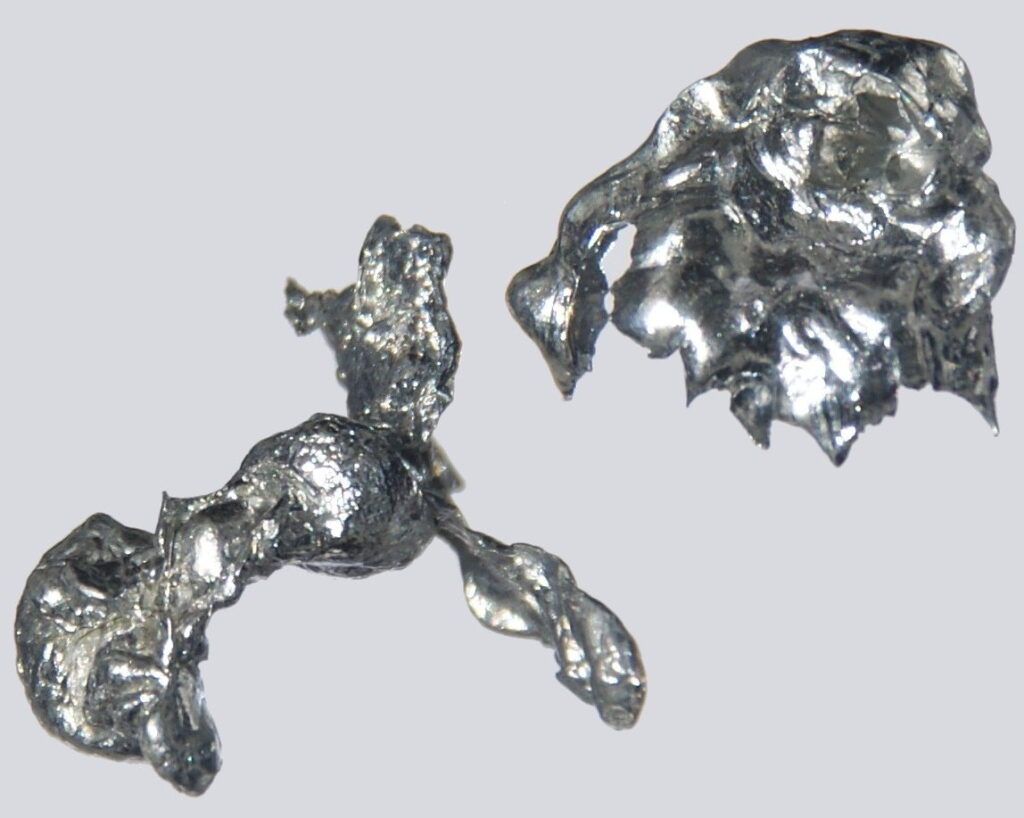According to Accenture, with the current war between Russia and Ukraine, the cost of supply chain disruptions in Europe across 2022-2023 could total €242 billion in an ongoing war scenario, or reach €920 billion in a protracted war scenario. With energy price increases, a rise in inflation and materials shortages intensifying the stress of disruptions, many companies are rethinking their supply chain strategies. In this article, Samir Jaber, Technical Content Writer at Matmatch, provides tips on managing a fluctuating supply chain.
Supply chain fluctuations are becoming the new normal. After all, it only takes a few minor issues to overwhelm operations. However, the significant disruptions over the last couple of years are putting pressure on businesses to rethink their supply chain strategy, with 60 percent of executives reporting that the COVID-19 pandemic pushed them to do so.
Full visibility
One area that businesses should focus on when rethinking their strategy is the visibility of their supply chain. GEODIS supply chain worldwide survey in 2017 reported that only six percent of companies had full visibility of their supply chain. The survey found that those reporting full supply chain visibility incorporated a wide range of flows – physical, financial and logical – and real-time monitoring.
In the GEODIS survey, 70 percent of respondents also described their supply chains as very or extremely complex. However, supply chain management can be made simpler by implementing tracking technology. Instead of depending on manual data collection for visibility, which will result in delayed responses to issues, supply chain managers can install tracking technologies such as sensors, barcodes and readers, or radio frequency identification (RFID) systems. This technology allows companies to automatically collect real-time data to identify problem areas in the supply chain, whether it be in transport, production or the warehouse.
A cross-trained workforce
While a fully visible supply chain is the most vital strategy in managing fluctuations, it does not solve the problems brought to light. Cross-training workforce can allow more flexibility to adjust to supply and demand. Cross-training consists of adding different modules to the standard training ones that are generally administered to employees in a particular role.
In 2021, McKinsey & Company reported that 87 percent of companies worldwide are aware that they have a skills gap or will develop one in a few years. This skills gap can cause a knock-on effect that can disrupt a company’s supply chain as a smaller workforce means reduced production, making it hard to fulfil demand. However, suppose companies adopt a T-shaped workforce, meaning there are enough operators to handle most volumes and are cross-trained in several different areas. In that case, they can adapt to fluctuations with more ease.
Rethink your material strategy
While a visible supply chain and a cross-trained workforce can aid companies with fluctuating supply chains, there is still the matter of obtaining needed materials when in short supply. For some industries, such as medical, exact materials are needed and cannot be switched out easily, but for many other sectors choosing alternative materials is a possibility.
Finding the right alternative materials for your project can be a time-consuming task. Companies should consider using material databases that can be searched and even connect customers to suppliers. Matmatch provides one of these comprehensive databases, free to use to search materials by name, material type or property. To help engineers and material buyers further, the company also provides a platform called Equivalent Materials, where users can search for materials by grade. In this way, they can easily find an equivalent alternative to materials that are currently difficult to source.
Supply chain fluctuations are not a temporary issue – they are a part of any business model and therefore need to be accounted for in company strategies. These tips provide a starting point for companies to consider when planning their supply chain and help them gain better control over supply chain fluctuations and disruptions.
This article was originally featured in Design, Products, & Applications.





